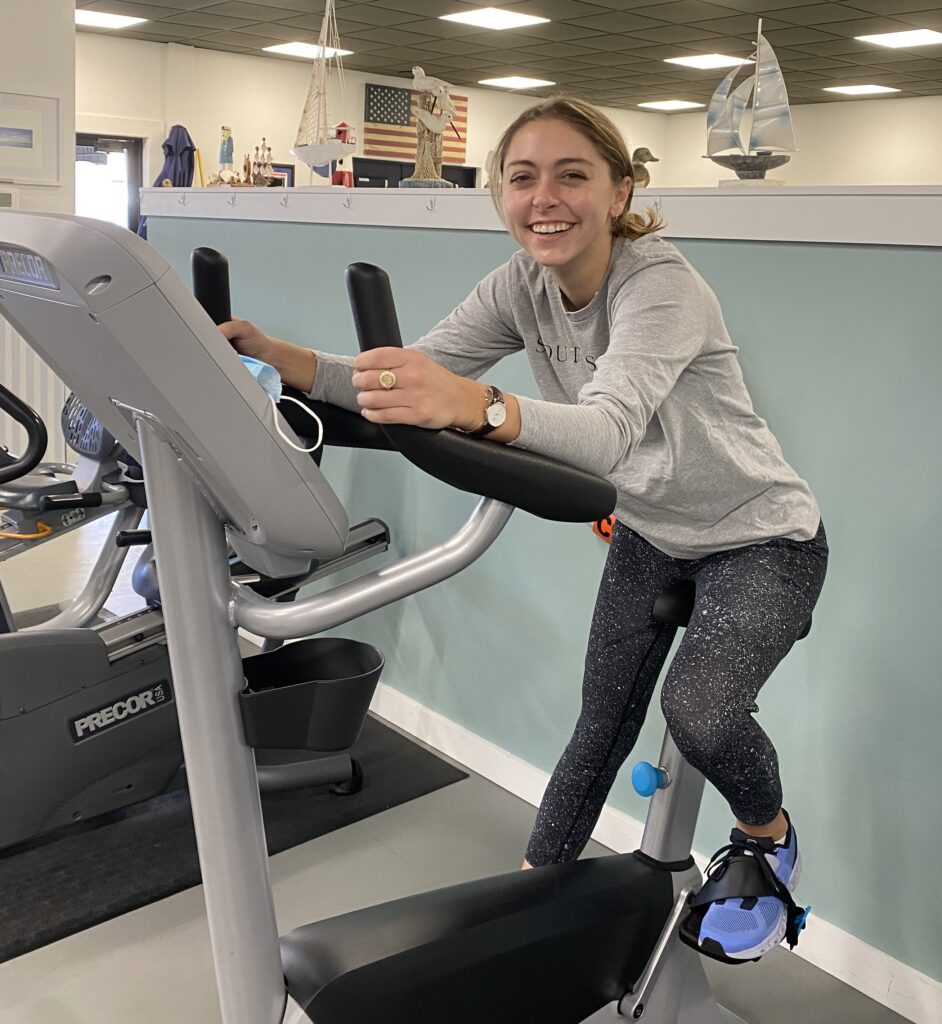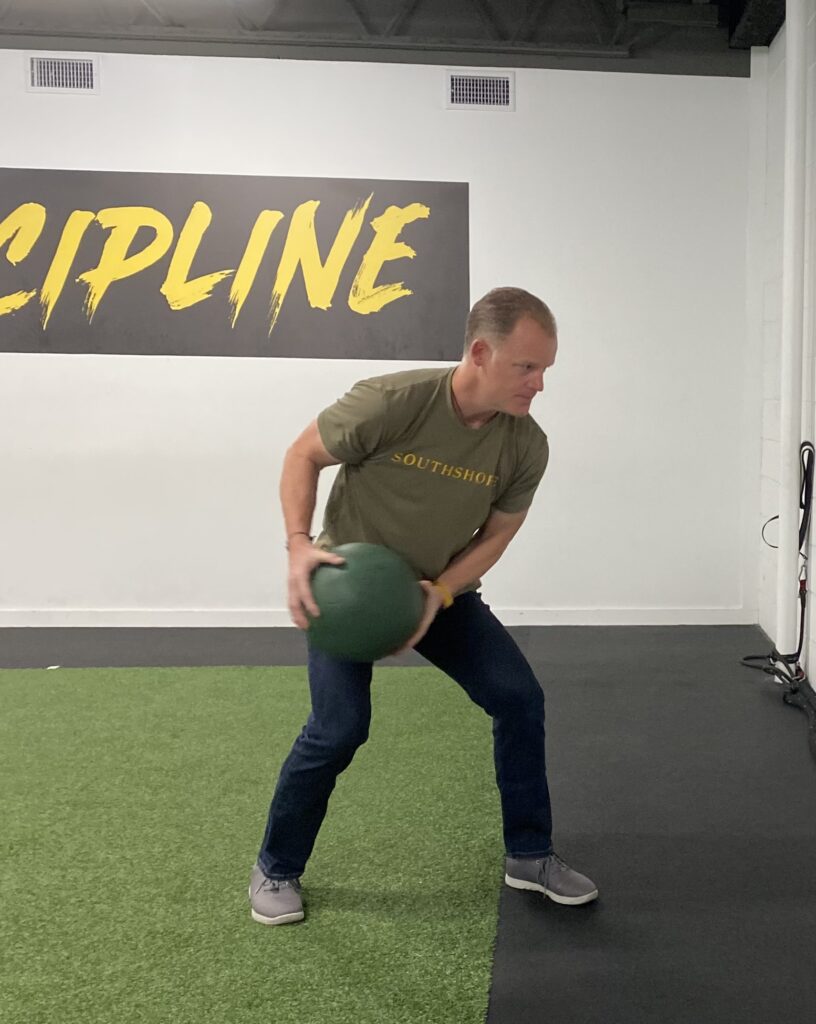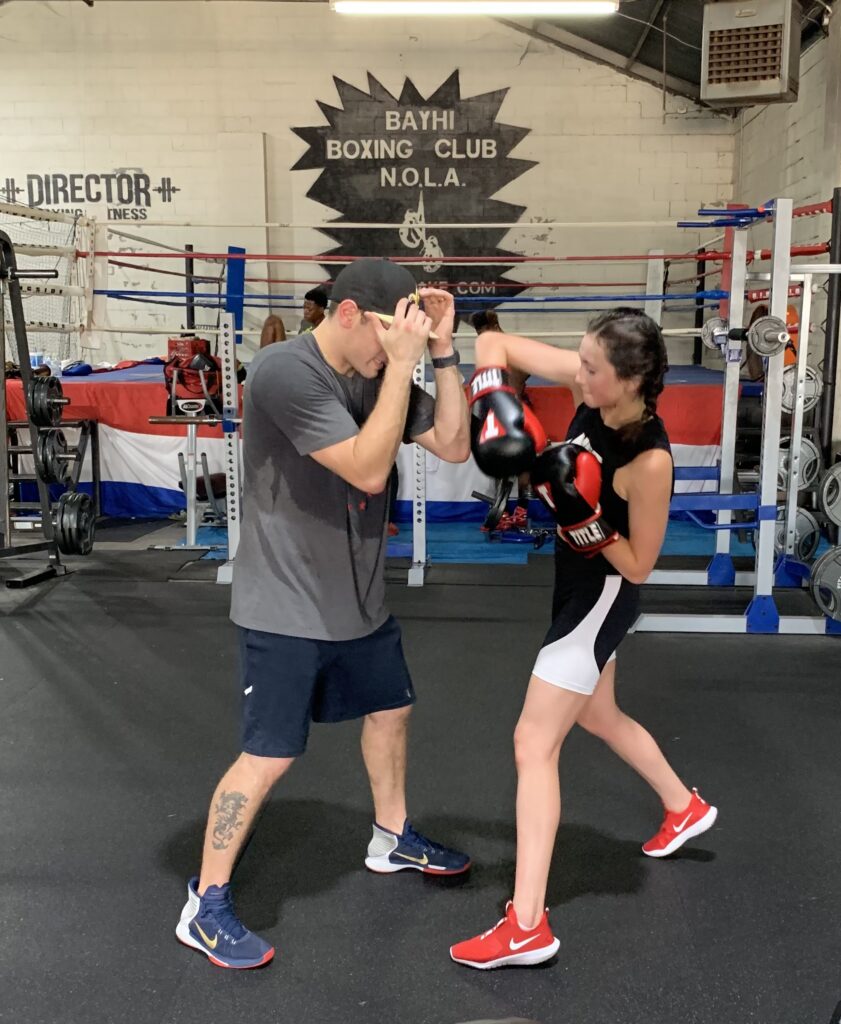Sitting around the lunch table last week, we were having a pretty candid conversation about exercise … who does it, who doesn’t and why … when Lee mentioned an article he read recently. Written by WSJ Bestselling Author Eric Barker, the piece was titled This is How to Have a Long Awesome Life: 5 Secrets from Research. He shared it with me and (I’ll admit) it held my attention from start to finish, a feat in and of itself.
The bottom line is, although we are well aware of the many benefits of exercise on health and longevity, only a third of Americans report exercising in their leisure time.
If you’re in the coveted 30% doing the right thing, high five! Stop reading. We were never here. If, on the other hand, you’re in the larger part of the pie chart (great, now I’m thinking of pie!) who might need a little inspiration, read on to learn Barker’s perspective on why and how we all need to get moving.

Exercise isn’t natural, but neither is being sedentary. Compared to our do-it-from-scratch ancestors who tilled the fields and hunted wild beast, we need to work a little harder to bring physical activity into our daily schedules. For our predecessors, exercise and movement came easily as a way of life. No one needed to search for opportunities to build muscle and burn calories. In modern times, as Barker puts it, we’re literally “victims of our own success.” Because there’s always an app for that, right?

There are many diseases attributed to aging that should instead be associated with inactivity. These “mismatched diseases” (as Barker calls them) include type 2 diabetes, heart attack, cancer and Alzheimer’s. Study after study has shown that as exercise frequency rises, the occurrence of these diseases drops. Further, in addition to serving as a preventative measure, regular exercise has also been credited with the ability to turn back the clock to transform your fitness level to reflect that of your younger self again. (Seriously, he had me at “turn back the clock.”)

The problem is not too much sitting. Have you ever heard the phrase “sitting is the new smoking?” While this medical claim is not inaccurate, the act of sitting itself is not the catalyst for weight gain, increased inflammation and chronic illness. In other words, simply standing at a pricey, ergonomic Scandinavian desk while at the workplace isn’t going to get it done. We need to get off the sofa in our leisure time and find a physically active alternative to binge watching season three of our favorite Netflix series in one weekend.

How much and what type do we need? The formula is simple. Exercising moderately for 150 minutes OR vigorously for 75 minutes plus two additional weight lifting sessions each week can cut the chance of developing a chronic disease in half. One of the simplest ways to incorporate movement into your routine is to track your daily steps with the goal of reaching (at least) 10,000 total (or five miles). By ensuring that you achieve this daily minimum, you can literally move farther and farther away from debilitating disease with every step you take. (See what we did there?)

To get moving, everyone needs two-pronged motivation: good reasons and socialization. The treadmill is a solo activity that literally goes nowhere. Is it any wonder that I (cough) I mean *we* find it a chore? To establish a long-term commitment to exercise, incorporate a “reward component” such as learning a skill like martial arts or joining a local athletic league. Whether you’re playing on the company softball team or running in the park, make sure you’re doing it with people with whom you want to spend time. It’ll make getting out there that much easier.
Why not get started TODAY? So TOMORROW you can say you started YESTERDAY.
Michele Robert Poche